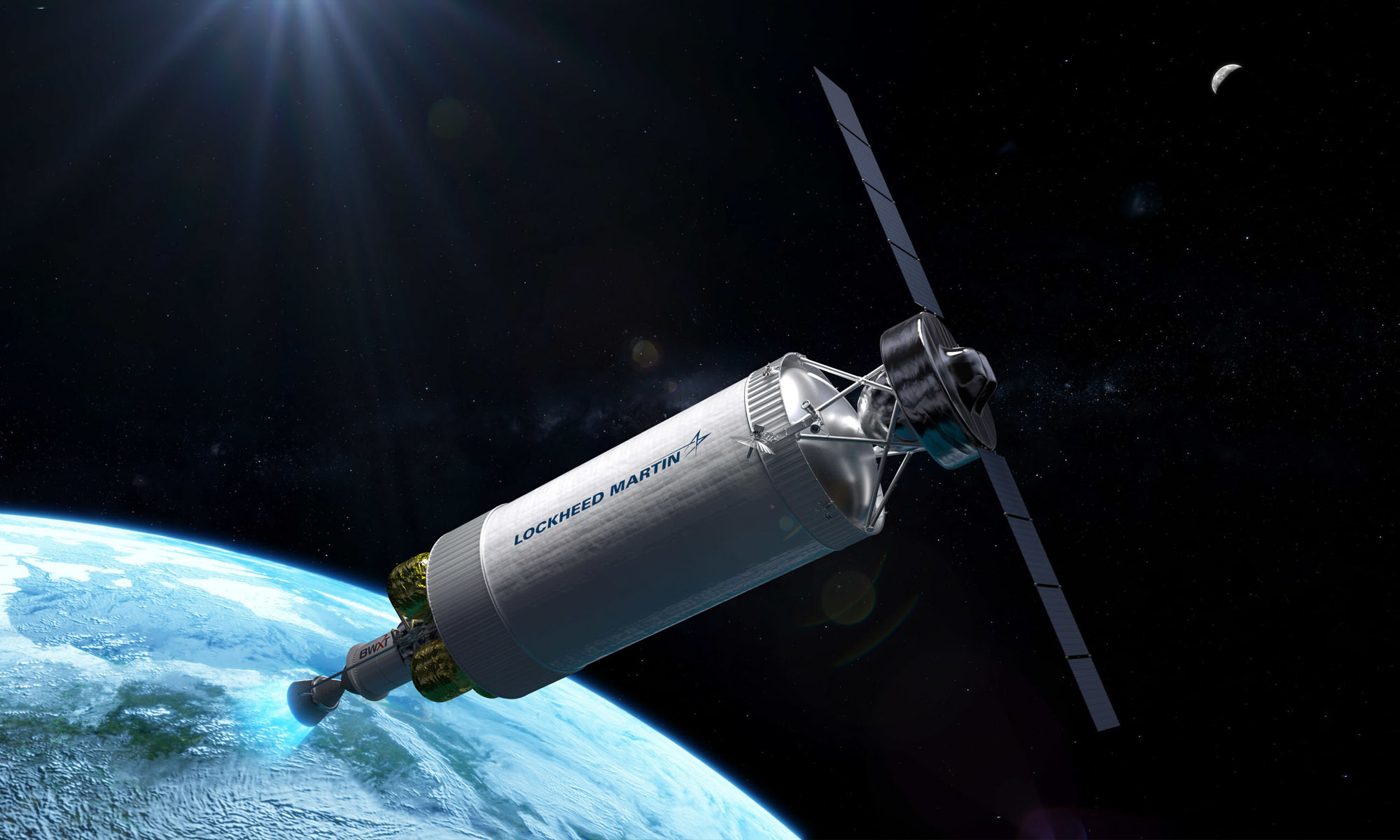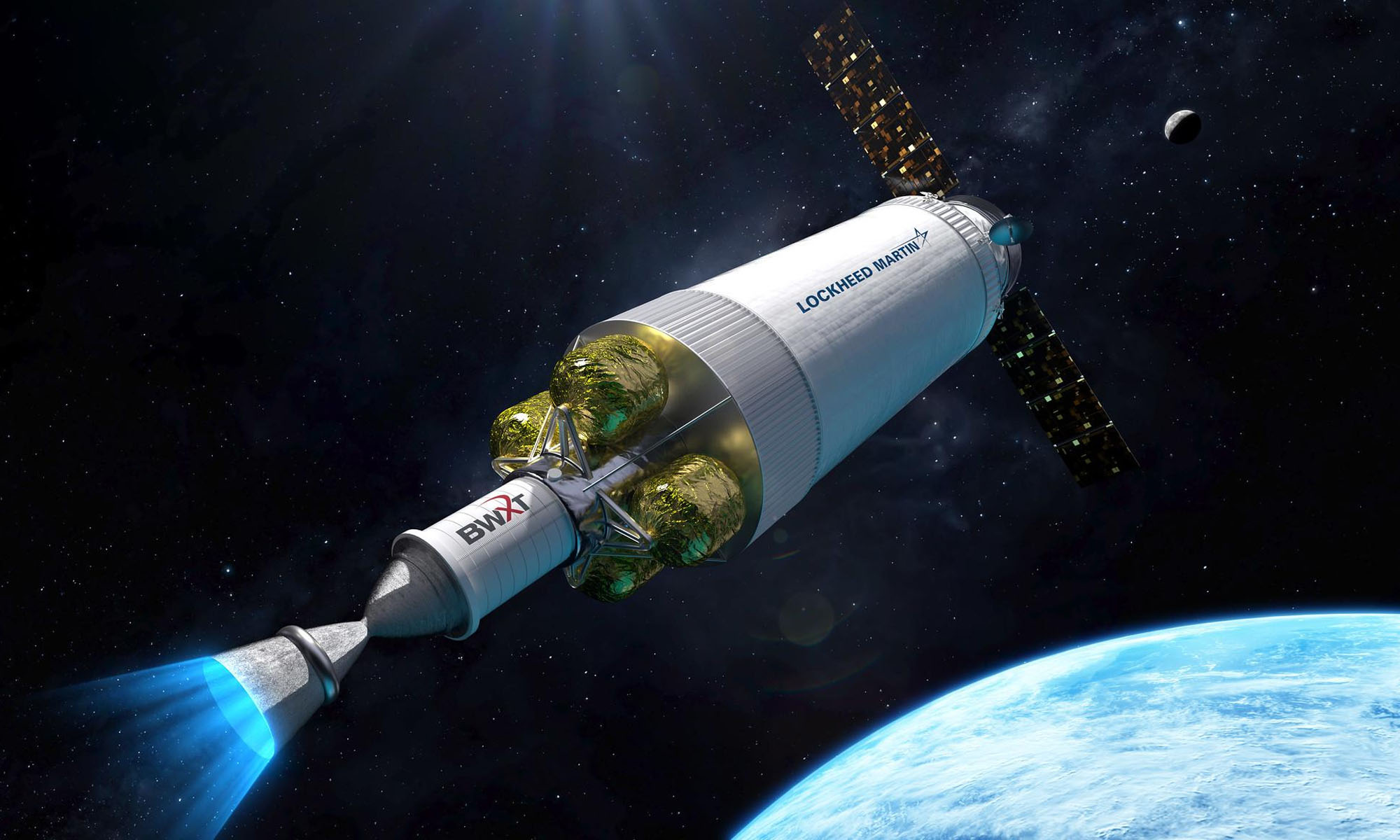News
NASA Chooses Lockheed Martin To Build Nuclear Mars Rocket
The spacecraft will use a reactor from BWX Technologies to travel to the red planet.

NASA and DARPA have chosen Lockheed Martin to build a spacecraft featuring a nuclear rocket engine. The project is known as the Demonstration Rocket for Agile Cislunar Operations (DRACO), and should be ready for trials by 2027, in the hope that it will eventually be used for missions to Mars.
The rocket will use Nuclear thermal propulsion (NTP), which has several advantages over conventional chemical-powered engines. Nuclear power is up to five times more efficient than rocket fuel, which means that future spacecraft will be able to travel significantly further with a larger payload.
“These more powerful and efficient nuclear thermal propulsion systems can provide faster transit times between destinations,” explained Kirk Shireman, VP of Lunar Exploration Campaigns for Lockheed Martin. “Reducing transit time is vital for human missions to Mars to limit a crew’s exposure to radiation”.

The NTP system will use a nuclear reactor to rapidly heat hydrogen propellant to very high temperatures. The gas is then funneled through the engine’s nozzle, creating thrust. “This nuclear thermal propulsion system is designed to be extremely safe and reliable, using High Assay Low Enriched Uranium (HALEU) fuel to rapidly heat a super-cold gas,” explained reactor developers BWX Technologies. “As the gas is heated, it expands quickly and creates thrust to move the spacecraft more efficiently than typical chemical combustion engines”.
Also Read: Take A Balloon Journey To Space, Complete With Fine Dining!
To help alleviate concerns about radioactive leaks, NASA and DARPA will use a conventional rocket to take the new spacecraft out of Earth’s orbit before powering up the reactor after the ship has reached a safe distance.
News
Google Releases Veo 2 AI Video Tool To MENA Users
The state-of-the-art video generation model is now available in Gemini, offering realistic AI-generated videos with better physics, motion, and detail.

Starting today, users of Gemini Advanced in the MENA region — and globally — can tap into Veo 2, Google’s next-generation video model.
Originally unveiled in 2024, Veo 2 has now been fully integrated into Gemini, supporting multiple languages including Arabic and English. The rollout now brings Google’s most advanced video AI directly into the hands of everyday users.
Veo 2 builds on the foundations of its predecessor with a more sophisticated understanding of the physical world. It’s designed to produce high-fidelity video content with cinematic detail, realistic motion, and greater visual consistency across a wide range of subjects and styles. Whether recreating natural landscapes, human interactions, or stylized environments, the model is capable of interpreting and translating written prompts into eight-second 720p videos that feel almost handcrafted.
Users can generate content directly through the Gemini platform — either via the web or mobile apps. The experience is pretty straightforward: users enter a text-based prompt, and Veo 2 returns a video in 16:9 landscape format, delivered as an MP4 file. These aren’t just generic clips — they can reflect creative, abstract, or highly specific scenarios, making the tool especially useful for content creators, marketers, or anyone experimenting with visual storytelling.
Also Read: Getting Started With Google Gemini: A Beginner’s Guide
To ensure transparency, each video is embedded with SynthID — a digital watermark developed by Google’s DeepMind. The watermark is invisible to the human eye but persists across editing, compression, and sharing. It identifies the video as AI-generated, addressing concerns around misinformation and media authenticity.
While Veo 2 is still in its early phases of public rollout, the technology is part of a broader push by Google to democratize advanced AI tools. With text-to-image, code generation, and now video creation integrated into Gemini, Google is positioning the platform as a full-spectrum creative assistant.
Access to Veo 2 starts today and will continue expanding in the coming weeks. Interested users can try it out at gemini.google.com or through the Gemini app on Android and iOS.





















